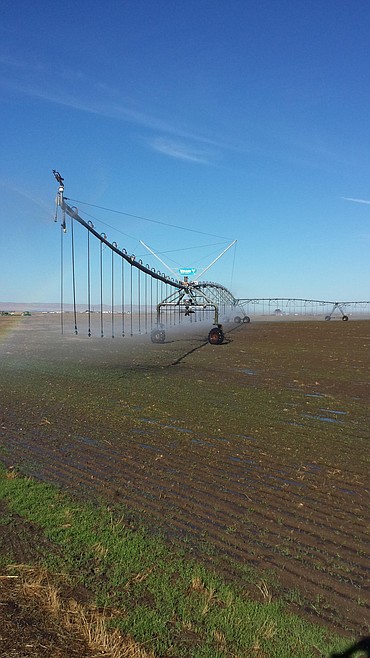A dry year: Irrigators in the Columbia Basin were saved by snowpack, but dryland farmers took a hit
MOSES LAKE — It was a very dry year in the Columbia Basin.
Become a Subscriber!
You have read all of your free articles this month. Select a plan below to start your subscription today.
Already a subscriber? Login



